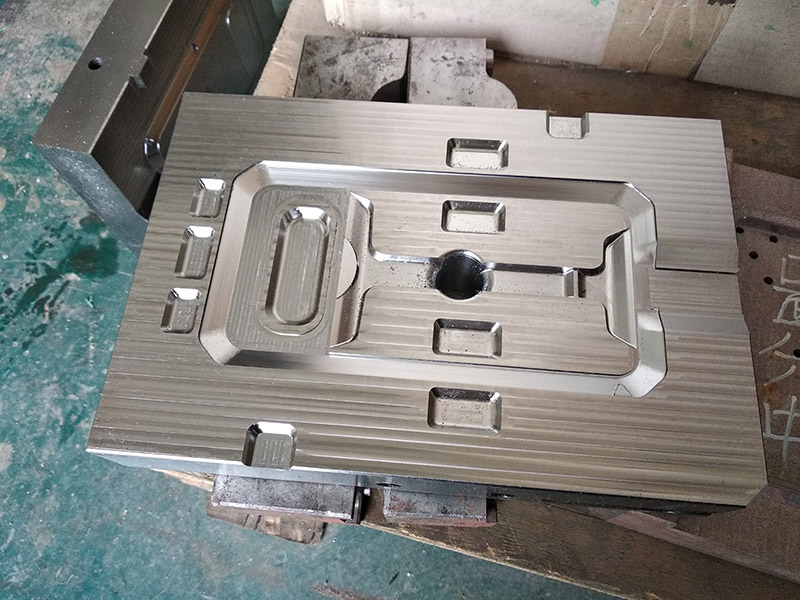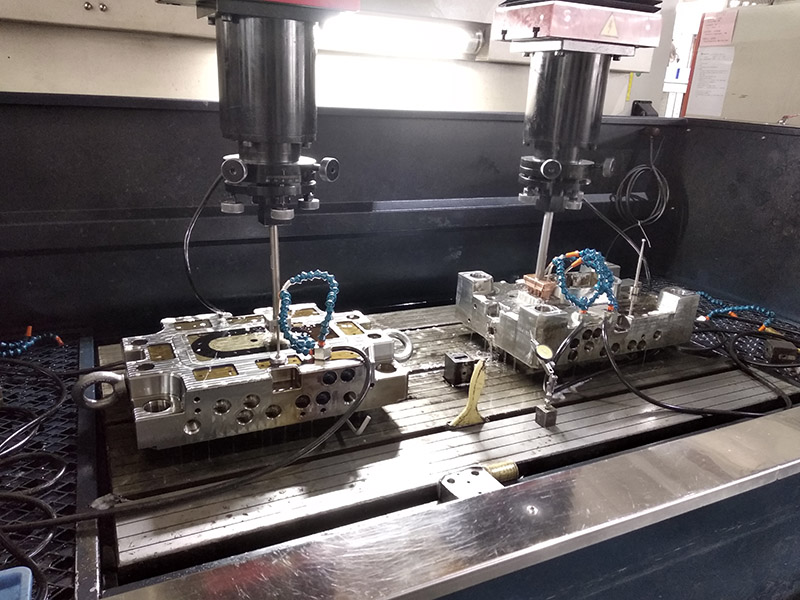In recent years, many mold factories have used hardened and quenched materials to produce high-precision molds, and the CNC machining of hardened and quenched materials requires much higher milling cutters, processing technology, and programming points than the processing of general mold materials, especially at high speeds. Machine and engraving machine processing is particularly prominent.
In CNC machining, as long as some basic rules are followed, this technology can be well applied, and its advantages can be fully exerted, and good results can be obtained. The main process factors are briefly described below by Chapman: machine tool, tool, tool holder and programming.
There are three main processes for mold processing: soft machining, hard machining and electrical machining. Which method or combination of them is used is determined according to the structure and hardness of the mold.
*Processing order
When the mold is large and deep, soft machining is used for roughing and semi-finishing before quenching, and hard machining is used for finishing after quenching; small and shallow molds can be milled at one time after quenching. If the mold walls are thin and the cavity is deep, electrical machining is used. If the mold cavity has a large and flat bottom surface, after roughing with an integrated milling cutter, use a round nose milling cutter to clear the corners. The integrated milling cutter has a good cutting force and heat dissipation effect. The round nose milling cutter is more efficient than the flat bottom cutter in machining the parts that need to be cleaned, and it is not easy to chip.
*Tool selection
When machining hardened molds, it is very important to choose the correct milling cutter. Usually, high-rigidity cutter body design, high-temperature-resistant, wear-resistant coating, and tools produced from superhard materials are the first choice. Chapman’s high-speed and high-hardness H series realizes high-speed and high-hardness processing below HRC. In addition, the rigidity of the tool is very important. In order to increase the rigidity of the small-diameter milling cutter, the diameter of the tool holder is made much larger than the diameter of the tool to improve the machining finish and prolong the tool life; the overhang length of the tool clamping should be as short as possible. On the other hand, choosing a new coating enables the tool to withstand higher cutting temperatures, such as the acidizing temperature ℃, surface hardness Hv, and coating thickness um for Tisin and Cygnus-X coatings. Therefore, they are more suitable for high-speed and hardened quenching mold processing.
If you are interested in CNC machining of hardened and quenched molds or have any questions, please email me at this address to contact us for further information, we are always online to help you.
Email: info@chapmanmaker.com
Post time: Jun-13-2022



